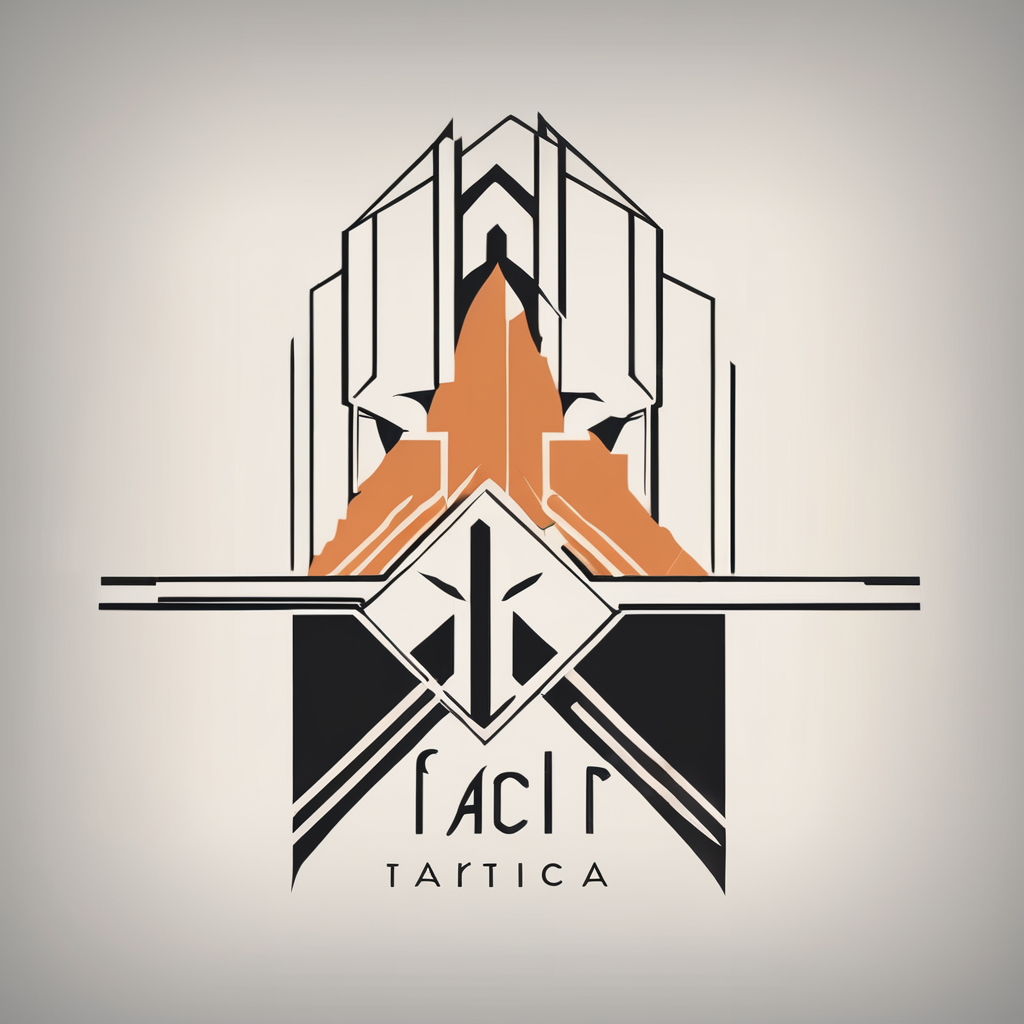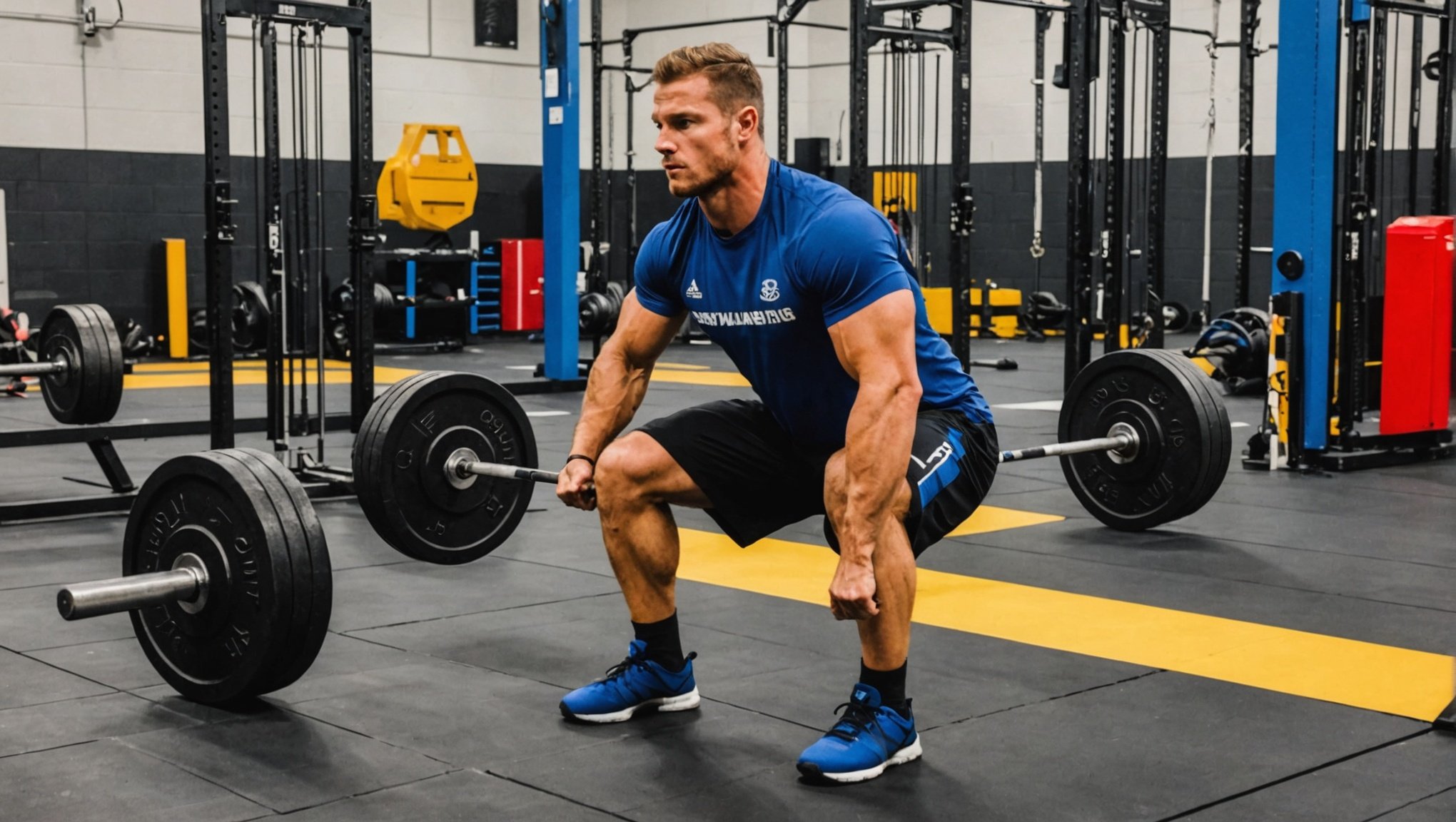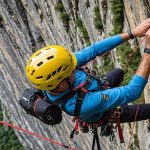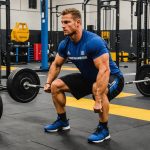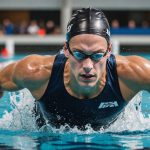Olympic weightlifting is not merely about raw power or brute force. It is a sport that demands a precise interplay of strength, muscle coordination, and timing. Training for such a complex sport involves a blend of traditional strength exercises and specific neuromuscular drills designed to enhance performance. But the question arises, can these drills truly enhance coordination for Olympic lifting? Let’s delve into the details.
The Importance of Neuromuscular Training in Olympic Weightlifting
Weightlifting at the Olympic level involves performing high-intensity movements under heavy loads. These movements require a unique combination of strength, power, and velocity. The role of neuromuscular training becomes crucial here as it aims to enhance the connection between your brain and muscles, leading to improved performance and reduced risk of injury.
Also to discover : How can vibration therapy contribute to muscle recovery post-training?
Neuromuscular training is not a new concept in sports. Many studies have shown that it can significantly improve the performance of athletes in various sports. For example, a research study published in PubMed revealed that neuromuscular training can increase running velocity and vertical jump height in adolescent female athletes.
In Olympic weightlifting, the effectiveness of neuromuscular training is still under investigation. However, many strength and conditioning professionals believe that it can enhance the athletes’ ability to perform high-intensity movements with precision and speed.
This might interest you : What are the specific hormonal responses to varied weightlifting intensities?
Specific Neuromuscular Drills for Olympic Lifting
There are a variety of specific neuromuscular drills that can be used to enhance coordination in Olympic lifting. These exercises involve both static and dynamic movements, with the aim of improving muscle activation, sensory awareness, and movement patterns.
For instance, the snatch and the clean-and-jerk, the two main lifts in Olympic weightlifting, require compound movements involving multiple muscle groups working in unison. Neuromuscular drills, such as plyometrics and balance exercises, can help train these movement patterns.
In addition, performing these exercises under different conditions, such as on unstable surfaces or with eyes closed, can further challenge the neuromuscular system and lead to greater improvements in coordination.
Application of Neuromuscular Training in Olympic Weightlifting
Implementing neuromuscular training in an Olympic weightlifting program requires a well-thought-out approach. These exercises should be introduced gradually and progress over time to challenge the athletes’ neuromuscular system without risking injury.
A typical neuromuscular training session for an Olympic weightlifter might include dynamic warm-ups, plyometrics, balance exercises, and functional strength training. These exercises aim to activate the muscles and prime the nervous system for the intense lifting sessions to follow.
Moreover, the number of sets and reps for each exercise should be tailored to the individual athlete’s needs and abilities. Coaches and trainers need to monitor the athletes’ responses to the training and make necessary adjustments to ensure optimal gains.
The Role of Research in Neuromuscular Training
While there is a growing interest in the potential benefits of neuromuscular training for Olympic weightlifters, more research is needed to establish concrete guidelines for its application. Scholarly articles and studies investigating this topic provide valuable insights but also highlight the need for further investigation.
For example, a study published in PubMed suggested that neuromuscular training might improve balance, proprioception, and neuromuscular control in athletes, which could potentially enhance performance in Olympic lifting. However, the authors emphasized the need for more research in this area.
Similarly, another research study published in the Journal of Strength and Conditioning Research indicated that neuromuscular training could improve strength and power in athletes. Yet, the researchers argued that more studies are needed to determine the most effective neuromuscular training methods for specific sports, including Olympic weightlifting.
Ultimately, scientific research will play a crucial role in understanding how neuromuscular training can be best used to enhance coordination for Olympic lifting. Until then, coaches and athletes can experiment with various neuromuscular drills, monitor their progress, and adjust their training programs accordingly.
The Connection Between Neuromuscular Training and Olympic Lifting
In the realm of Olympic weightlifting, the role of neuromuscular training cannot be overstated. As a discipline that demands optimal coordination, strength, and speed, specific neuromuscular drills can hold the key to performance enhancement. This approach to training helps to bridge the gap between the brain and the muscles, ensuring that they work in unison during high-intensity movements.
Studies indexed in Google Scholar, PubMed Crossref, and Crossref Google have shown a positive correlation between neuromuscular training and improved athletic performance in various sports. By following suit, Olympic lifting could potentially reap similar benefits.
The exercises in neuromuscular training are designed to activate and engage multiple muscle groups, thereby improving sensory awareness and movement patterns. For example, the power clean, a common Olympic lifting movement, requires the simultaneous activation of several muscle groups. Incorporating neuromuscular drills like plyometrics and balance exercises can aid in perfecting the execution of such complex movements.
Incorporating different training conditions, such as unstable surfaces or visual deprivation, can add an extra layer of challenge, encouraging the neuromuscular system to adapt and improve. However, the gradual introduction of these exercises is crucial to prevent overloading the system and risking injury.
Conclusion: The Future of Neuromuscular Training in Olympic Lifting
Despite the promising connections between neuromuscular training and improved athletic performance, research in the specific field of Olympic weightlifting is still budding. Scholarly articles indexed in Crossref Google, PubMed Crossref, and the Journal of Strength and Conditioning Research (JSCR), provide valuable insights into the potential benefits of this training approach. However, the need for more sport-specific research remains.
The current body of research hints at the potential for neuromuscular training to improve balance, proprioception, and control in athletes. These attributes are valuable not only for general athletic performance but specifically for Olympic lifting, which requires the precise interplay of these skills.
Additionally, studies suggest that neuromuscular training might enhance strength and power in athletes, which are vital attributes for Olympic weightlifters. Still, as highlighted by these studies, more research is needed to determine the most effective neuromuscular training methods for Olympic lifting.
In the meantime, coaches and athletes can leverage existing knowledge and experiment with neuromuscular drills to enhance strength and coordination in Olympic lifting. By tailoring the exercises to the individual athletes’ needs, monitoring their responses, and adjusting the training program accordingly, they can optimize gains and performance.
In the future, with concerted efforts by scientists and practitioners, a comprehensive understanding of how neuromuscular training can enhance Olympic lifting may be achieved. Until then, the journey of exploration and discovery continues, fueled by the drive for maximum strength, optimum performance, and the pursuit of excellence in Olympic weightlifting.
